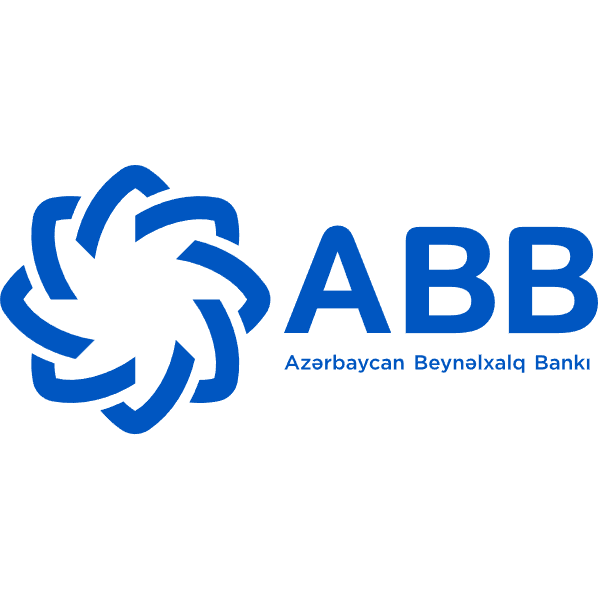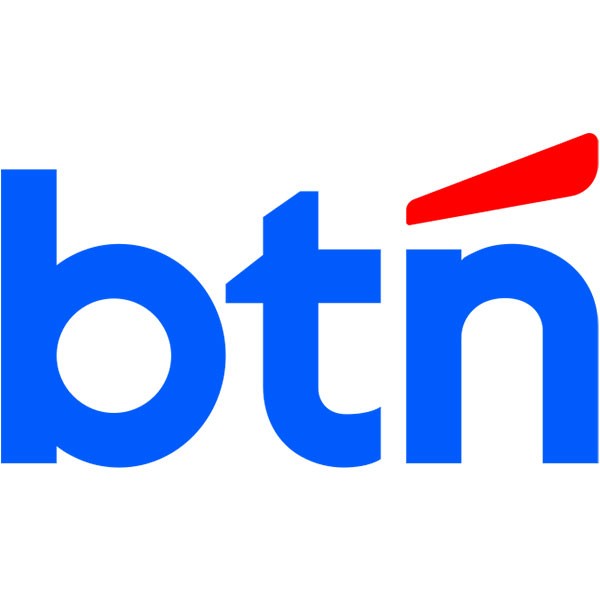name and background<
ul style="list-style-type: disc" type="discfull name: The Central Bank of Lesotho
established in 1978 as the Lesotho Monetary Authority and began operations on January 2, 1980. In 2000, it was officially renamed CBL under the Central Bank (Lesotho) Act, marking the official extension of its responsibilities.
Headquarters location: Maseru, Lesotho, at the intersection of Airport Road and Moxiuxiu Road.
Shareholder Background: Wholly owned by the Government of Lesotho and a state-owned institution
CBL's history dates back to the early days of Lesotho's independence, with the establishment of the Lesotho Monetary Authority in 1978 to manage monetary and financial affairs. Legislative reforms in 2000 gave it broader powers, including monetary policy formulation and banking supervision.
services & products
As a central bank, CBL provides support to the government and the banking system. Its main services and products include:
Currency issuance: Responsible for the design, printing and distribution of Lesotho Loti, and managing its circulation to ensure the supply and quality of the currency.
Banking supervision: Supervise commercial banks and other financial institutions to ensure that they comply with regulations and standards, and maintain the stability of the financial system.
foreign exchange management: managing the country's foreign exchange reserves, net foreign exchange assets reached 2,372.041 billion lodia in May 2024, maintaining a stable exchange rate.
regulation of payment systems: to ensure the security and efficiency of national payment systems and to support the development of digital payments.
> Monetary policy: Formulating and implementing monetary policy with the goal of achieving price stability. Data for May 2025 shows that it controls inflation by adjusting interest rates and the money supply.
these services are primarily aimed at the banking system and governments, rather than directly to the public, but indirectly affect the financial activities of individuals and businesses through regulation and policy.
regulatory and compliance<
span style="font-family: sans-serif; color: black" > CBL operates under the Central Bank (Lesotho) Act 2000, which confers on it a wide range of powers and responsibilities. As the regulator of the banking system, it ensures that all banks comply with the relevant regulations.
With regard to deposit insurance, Lesotho currently does not have a clear deposit insurance regime, but there may be implicit protection mechanisms, such as the central bank acting as lender of last resort or the government directly funding problem banks. The details of such a mechanism need to be further confirmed, especially under the updated policy in 2025.
In terms of recent compliance records, CBL ensures the compliance of the banking system through its supervisory function, but the specific records for 2025 are not found in public information.
security measures
As a central bank, CBL is responsible for maintaining the security of the entire financial system. It ensures the safety of the banking sector by developing and implementing strict regulatory standards, such as capital adequacy ratio and non-performing loan ratio requirements. In addition, CBL ensures the security of money and payment systems by raising public awareness of financial security through its official website and educational materials.
featured services and differentiation<
span style="font-family: sans-serif; color: black">As a monetary authority, the CBL has a unique function that distinguishes it from that of commercial banks:
Currency issuance: Responsible for the design, printing and issuance of Lesotho Lodi to ensure the supply and circulation of the currency.
Banking supervision: Supervise the operations of commercial banks and other financial institutions, ensure their compliance with regulations and standards, and maintain the stability of the financial system.
foreign exchange management: managing the country's foreign exchange reserves, net foreign exchange assets reached 2,372.041 billion lodia in May 2024, maintaining a stable exchange rate.
Payment System Innovation: Advancing Digital Payments and Financial Inclusion to Support the Digital Transformation of the Economy.
>Monetary policy making: Adjusting interest rates and money supply to control inflation and economic growth, with May 2025 data showing that policy adjustments are critical to economic stability.
these features reflect CBL's central role in the nation's economy, particularly in promoting economic stability and financial regulation.
summary
The Central Bank of Lesotho is the backbone of Lesotho's financial system, responsible for monetary policy, banking regulation, and payment system innovation. It provides digital services through its official website, ensuring that the public and researchers have access to economic data and reports. As a state-owned central bank, CBL's mission is to maintain economic stability and the health of the financial system, providing strong support for Lesotho's economic development. Although its services are not directly geared towards individuals or businesses, their policies and regulations directly affect the functioning of the entire financial ecosystem.










